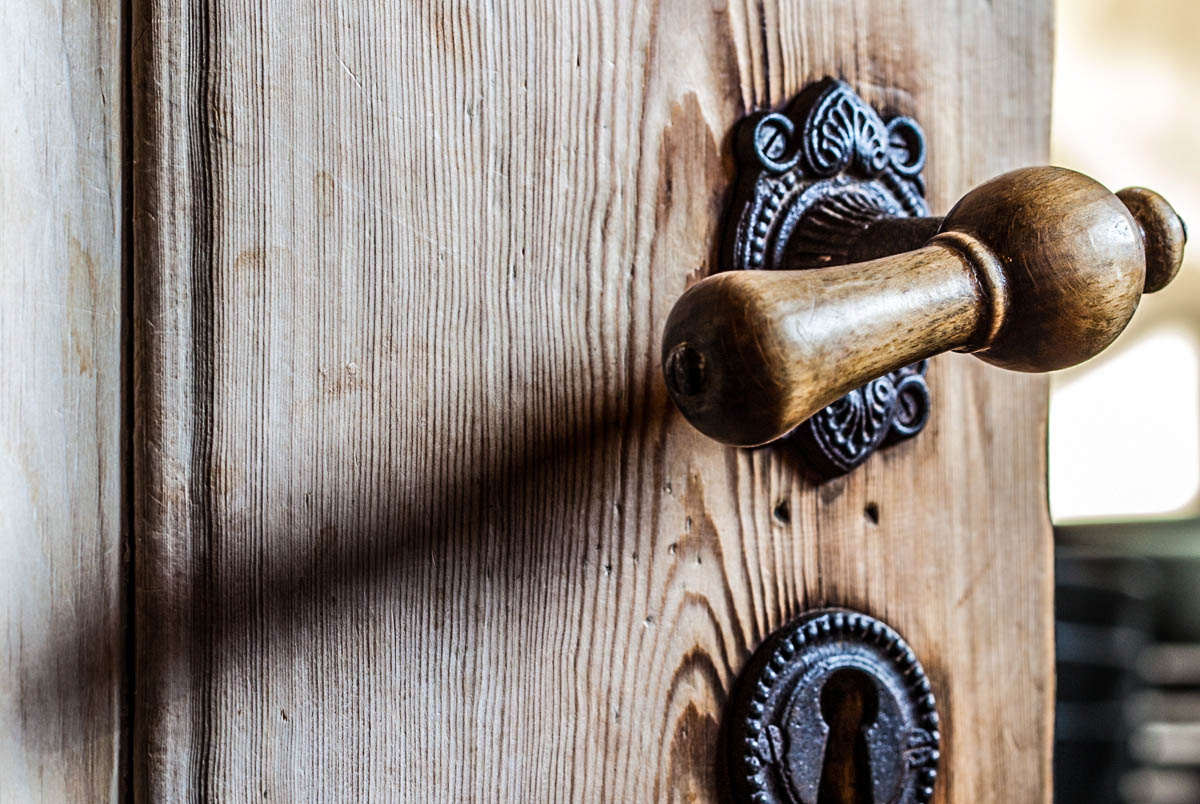
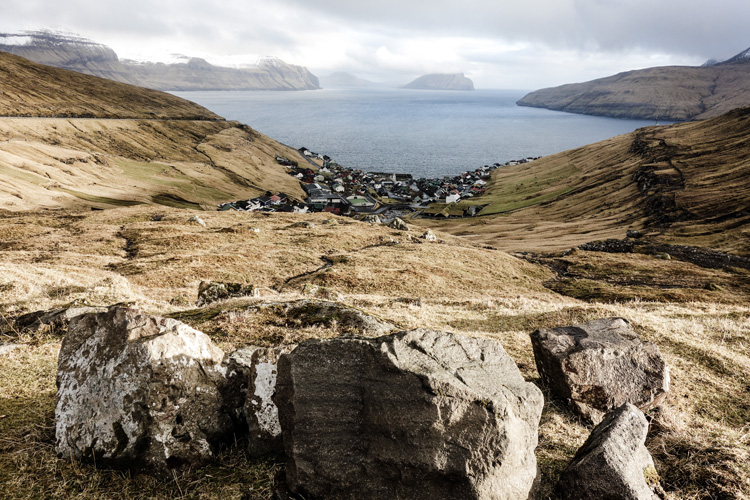
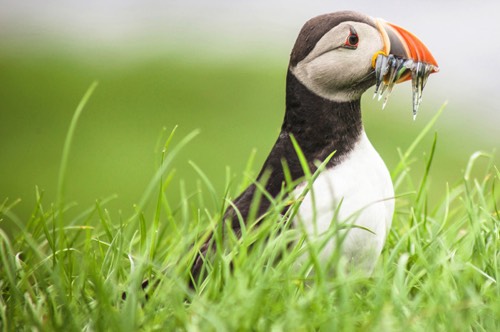
The old farmhouse has a sheltered PATIO, where you can read a book in the sun, relax in the Hot Tub or hold a barbecue.
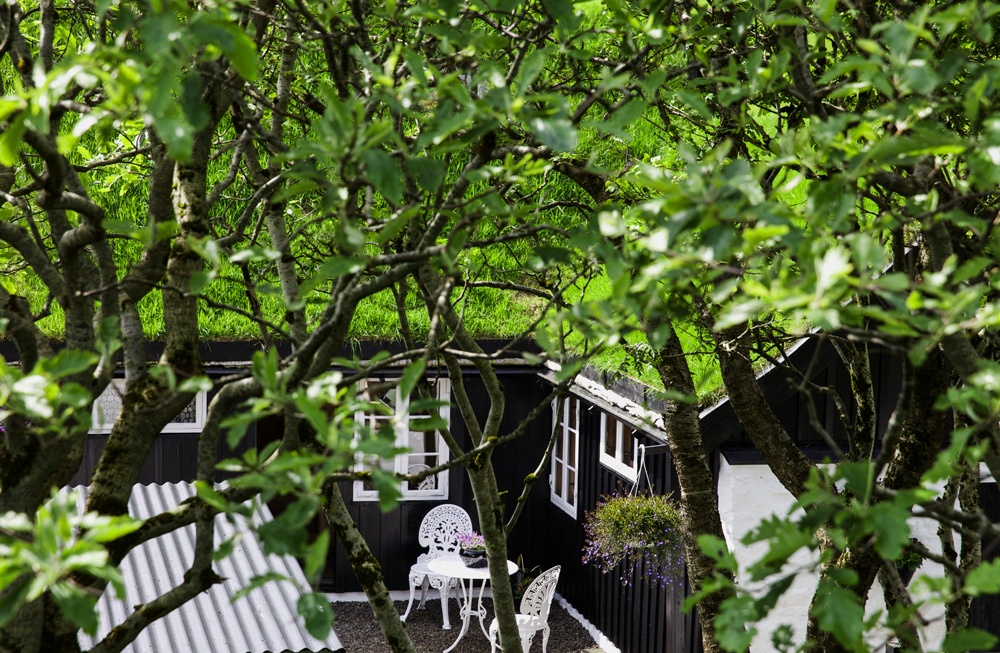
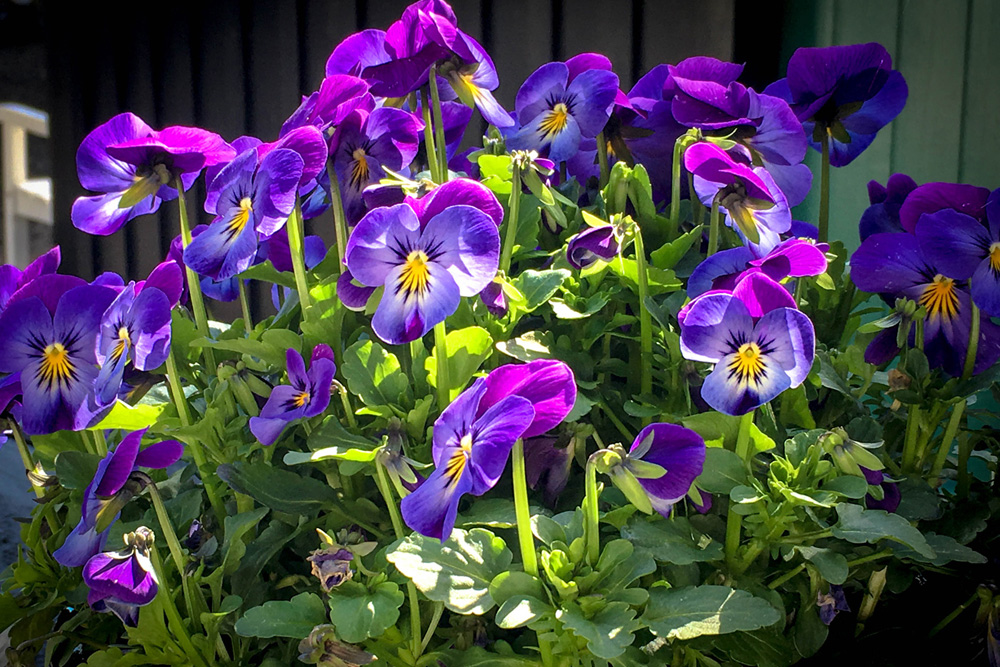
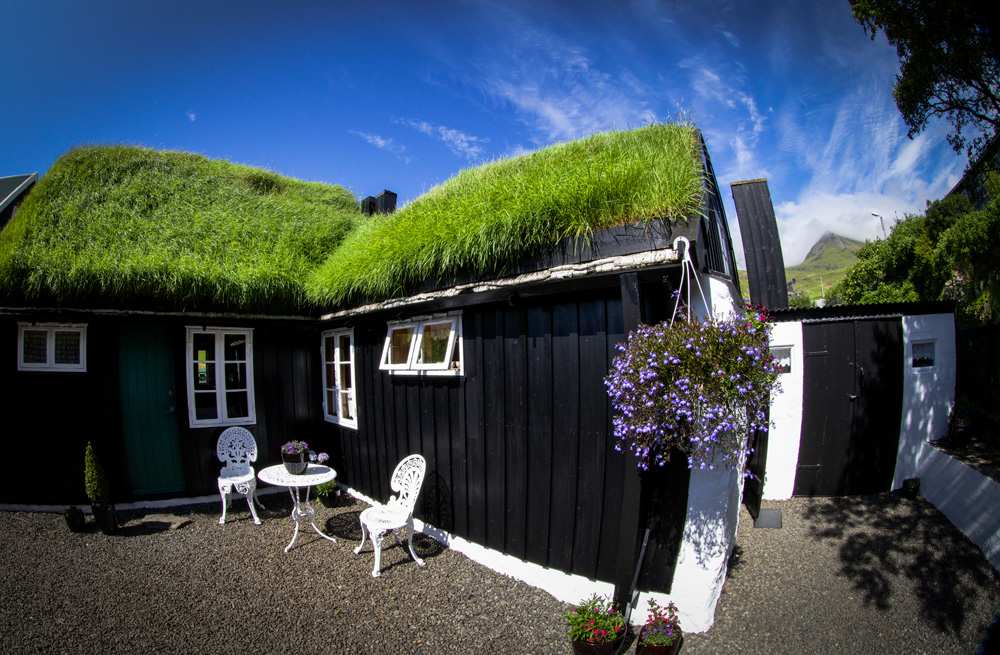
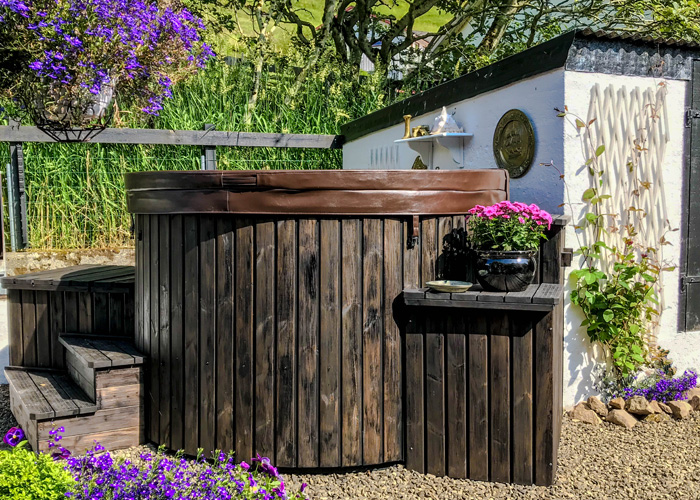
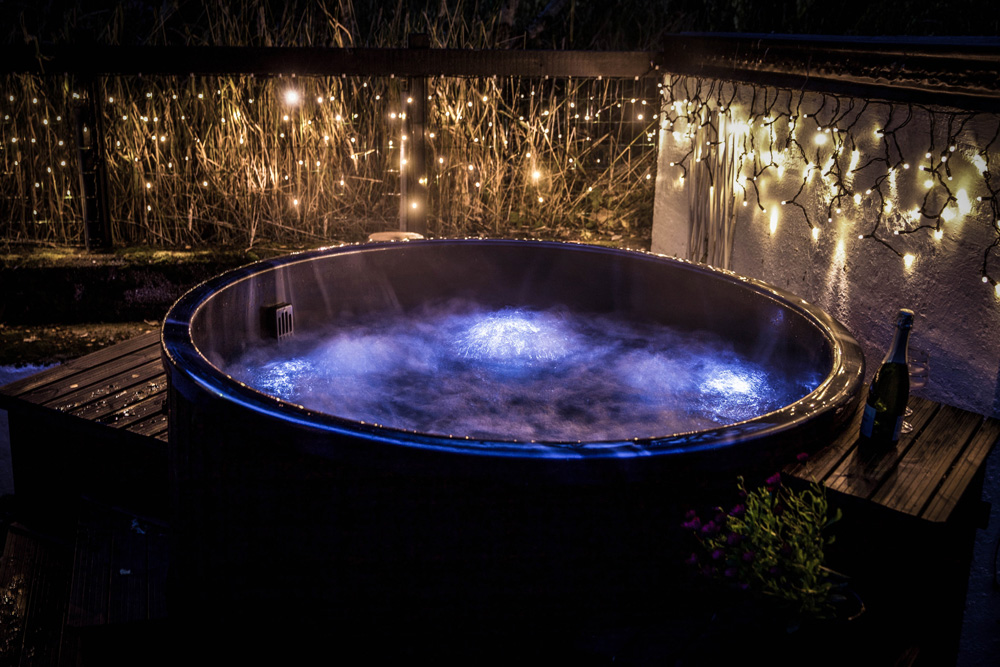
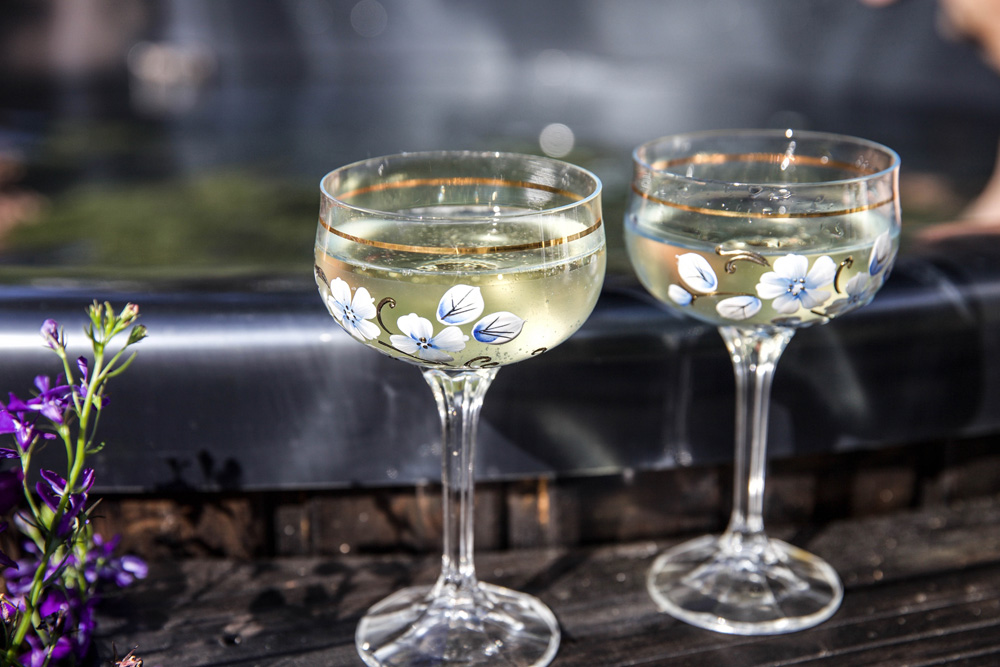
The KITCHEN is now in the former stable, which was in historic farmhouses usually immediately attached to the living rooms.
We made a lot of effort to preserve as much as possible of the historic character.
Antique cooking utensils and old casted iron pots, which were used to the melt whale blubber, decorate the upper shelves.
A typical Faroese "Spískamarið" = pantry connects the former stable with the next chamber.
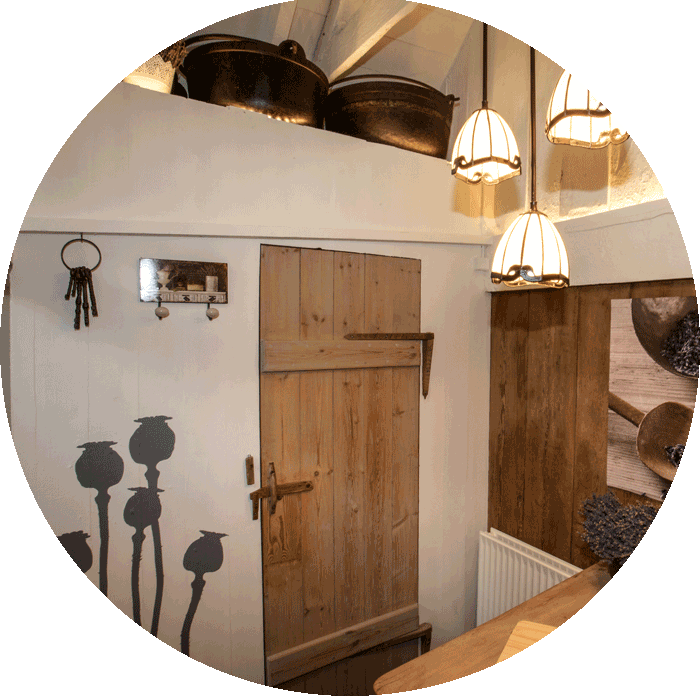
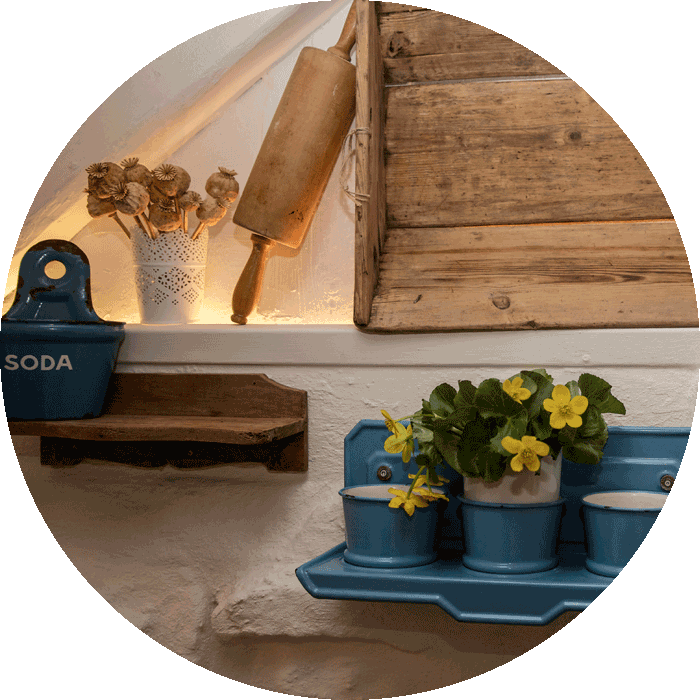
The historic SNUGGERY is reflecting in particular old times Faroese life culture.
With caring and artisanal dedication people used to manufacture knobs, beds or wall hooks. Timber was a precious good, and not rarely flotsam was gratefully used.
The two into the wall integrated beds were the sleeping areas of the land/house owners.
In order to preserve the style of the period, we have used for the wallpaper and fabrics copies of the original works by the famous English designer WILLIAM MORRIS from the 19th century.
For this room we liked the motive of the STRAWBERRY THIEF in particular. William Morris designed this pattern of strawberries stealing starlings in 1883.
It can be seen at Abbey Merton (UK). His pattern books are on display at the Victoria & Albert Museum in London.
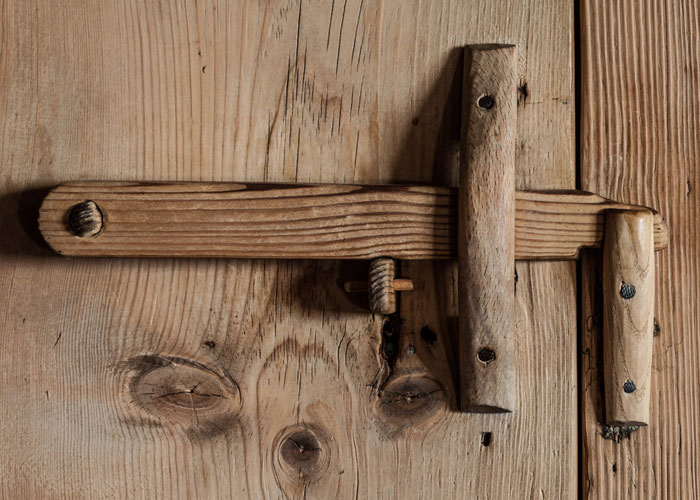
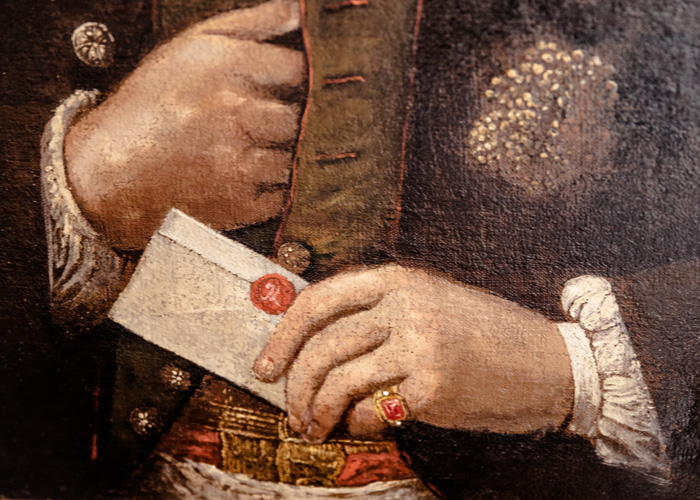
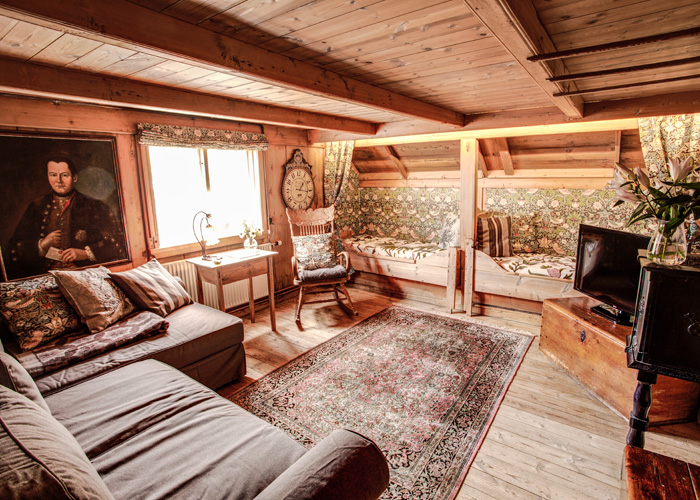
Beside the snuggery, the "ROYKSTOVAN“ = smoke room, has probably been the heart of every Faroese house. In here the residents spent most of their time. Food was prepared at the warm stove, women were spinning wool or knitting and men enjoyed smoking their pipe.
We have created a fantastic chamber in Nordic style with many furs of Faroese sheep and fishing antiquities.
The historic refectory table has seen many joyful feasts.
A similar table can be visited in the Roykstovan of the historic farmhouse in Kirkjubøur.
There even state guests are attended from time to time. At "Heimi í Stovu" you are the VIP guest!
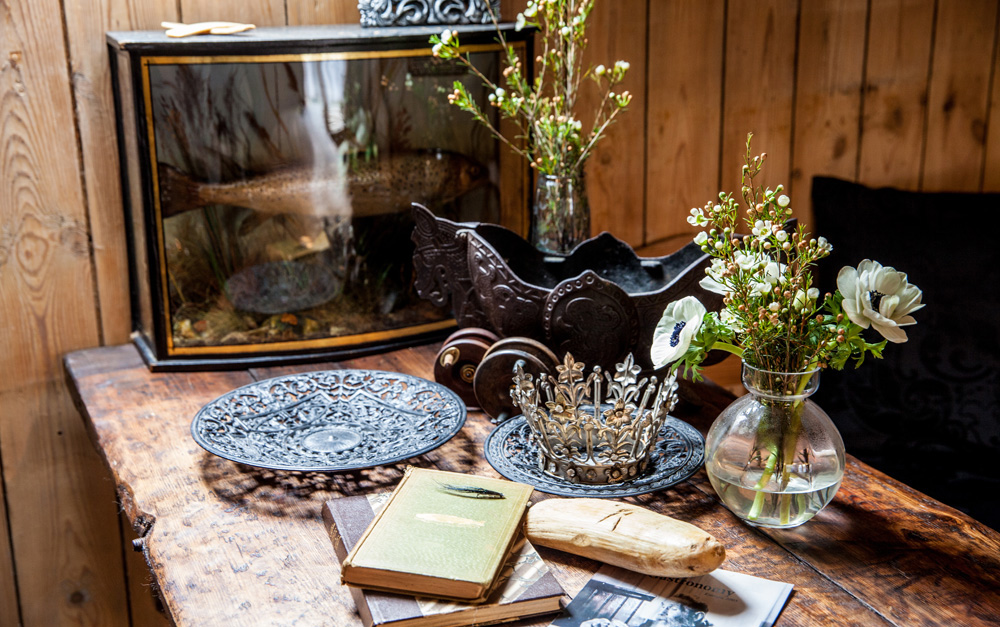
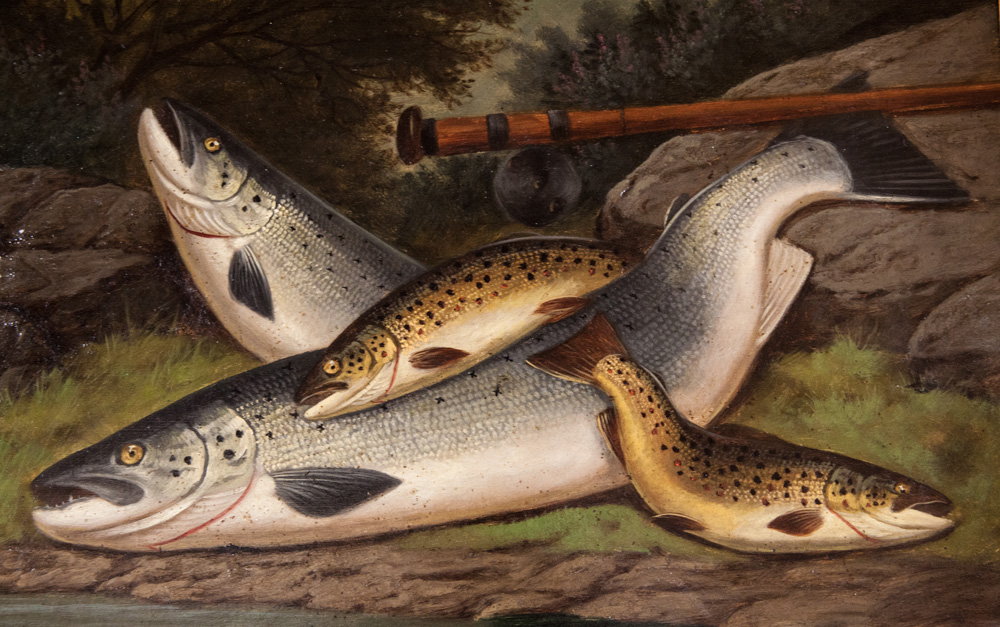
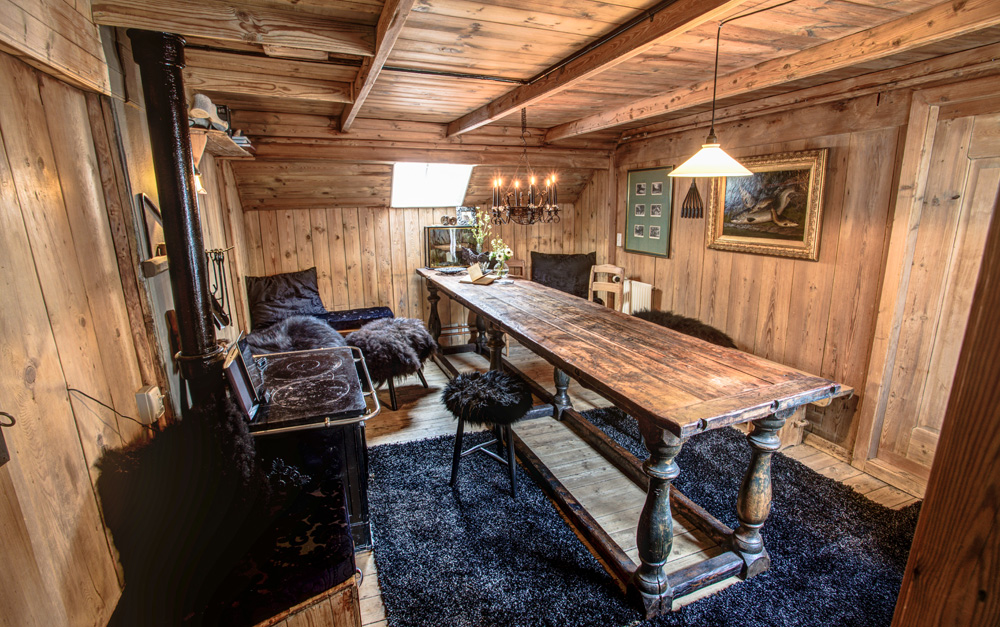
A very impressive sleeping room awaits my guests on the ground floor of "Heimi í Stovu".
This is probably also the only antique four-poster bed on the whole Faroe Islands. Both, the bed and the sideboard are made of bog oak and date back to Renaissance era.
We used BRER RABBIT by WILLIAM MORRIS for the interior decoration in this bedroom.
Indigo Designs from the 17th century Italian Renaissance influenced the Master to design it in 1882.
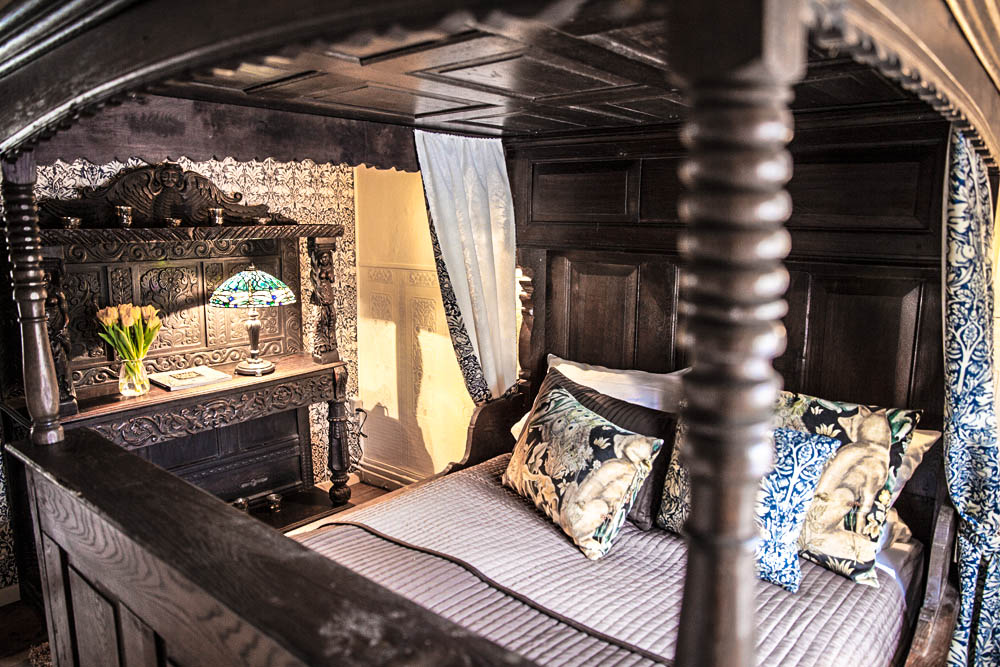
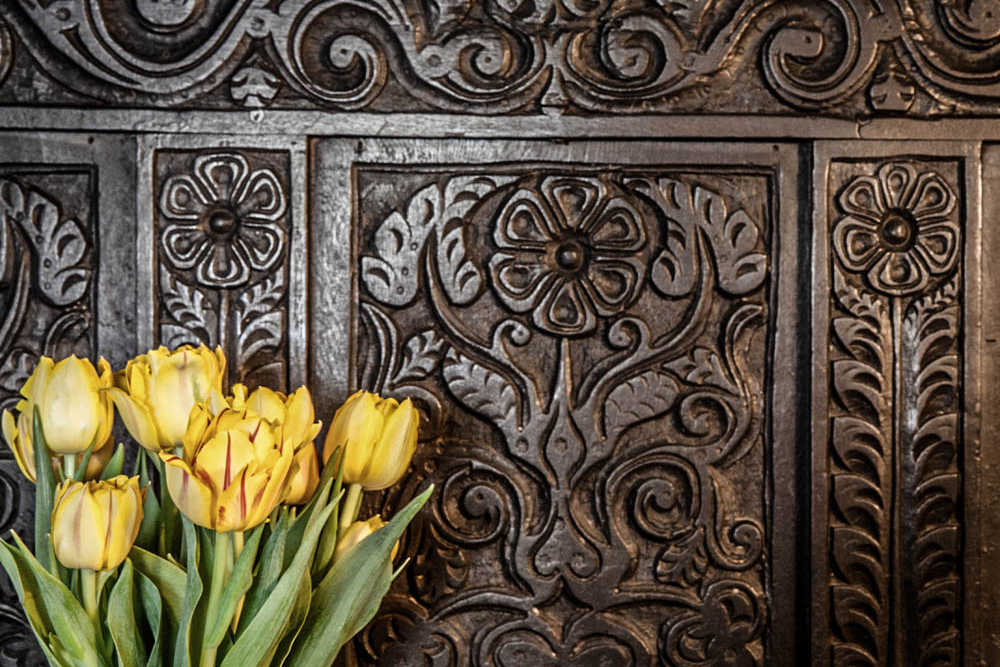
A narrow staircase leads you up to the ATTIC.
Also there our goal was, that the rooms are functional but not modern. Because the house is under protection of historic monument, here – and in the rest of the house – no structural alteration works are allowed to be done.
A separate BEDROOM with a large double bed is on this first floor. It was in former times the room of the younger parents (second generation the house).
The VESTIBULE is very cozy with its various furs, cushions and the SINGLE BED, which is hidden behind a folding screen. In this part of the house more beds were used to be placed to house the children of the residents.
We have put an additional bed in a separated section of the attic.
This was the place where the landlord in winter times did his carvings and tool maintenance above the warm, underneath located oven.
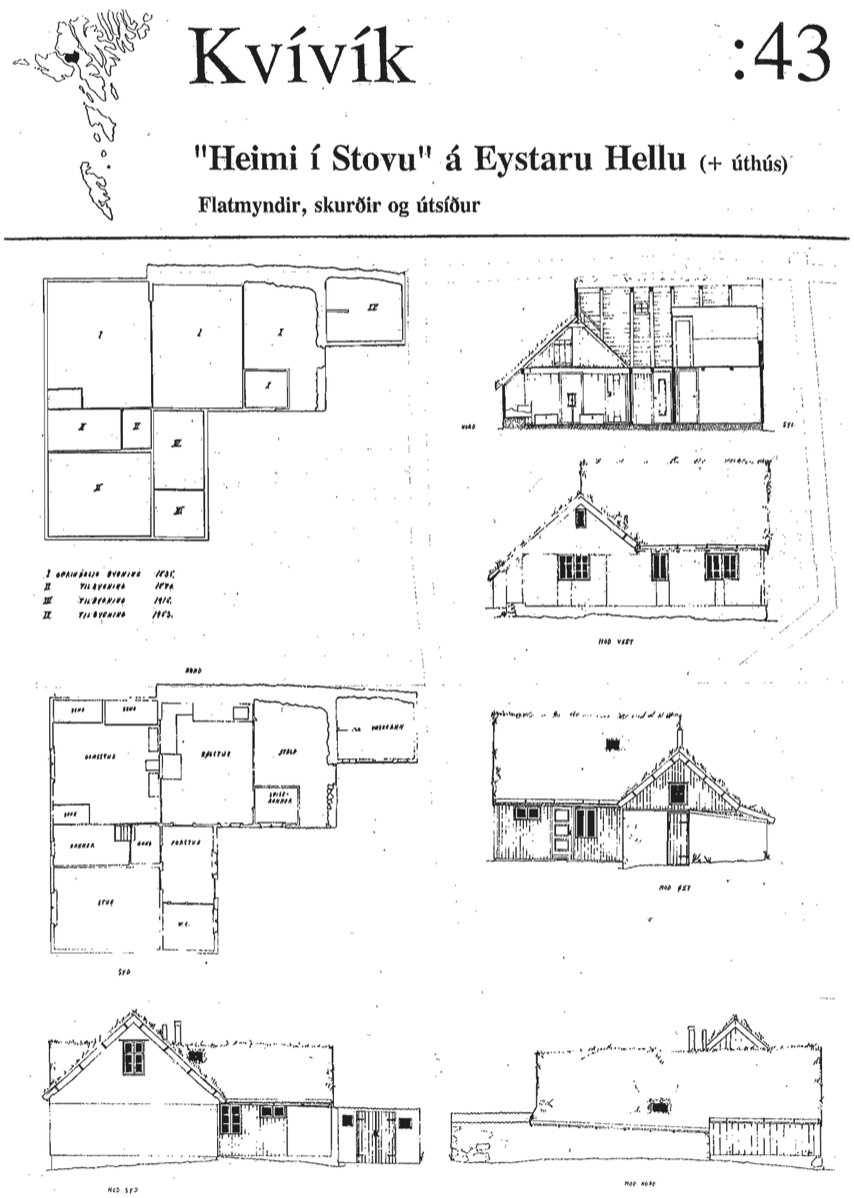
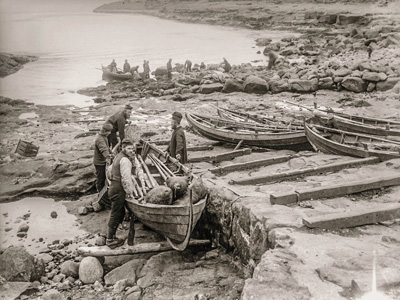
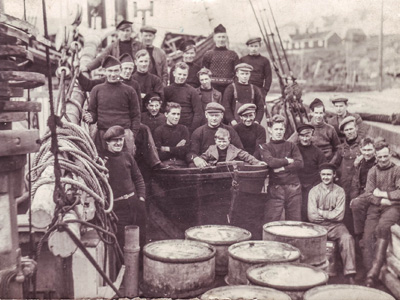
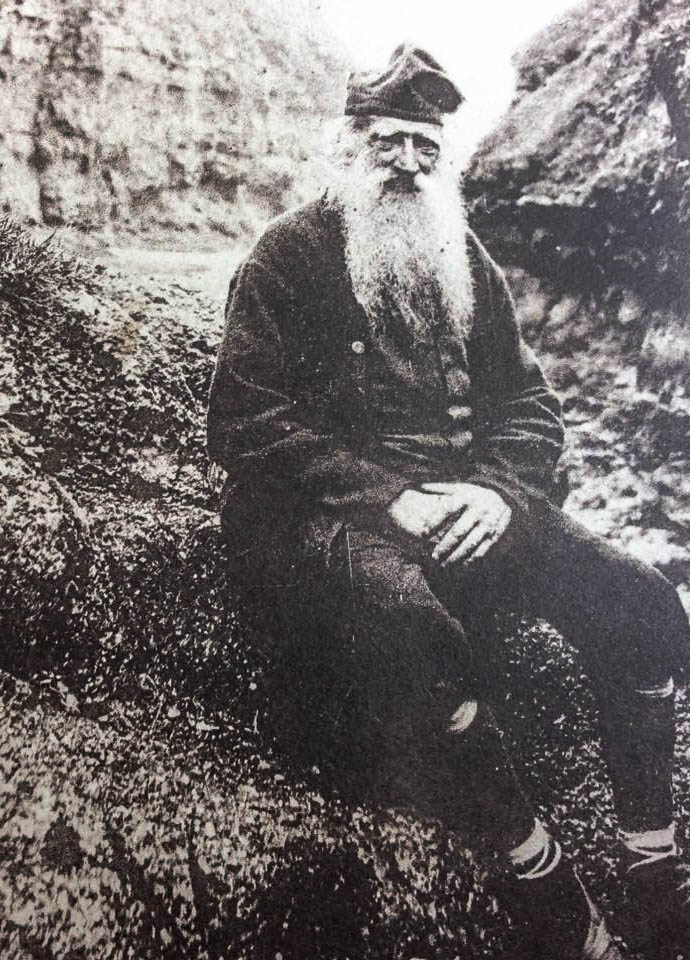

My Faroese Domicile
were presented 2019 in the largest lifestyle magazine of the Faroe Islands "KVINNA" in a 13 page story:
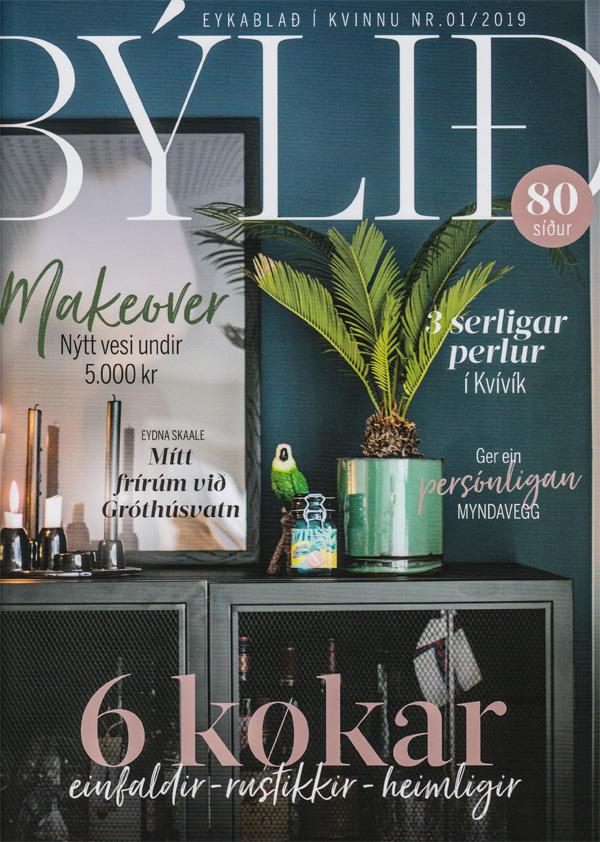
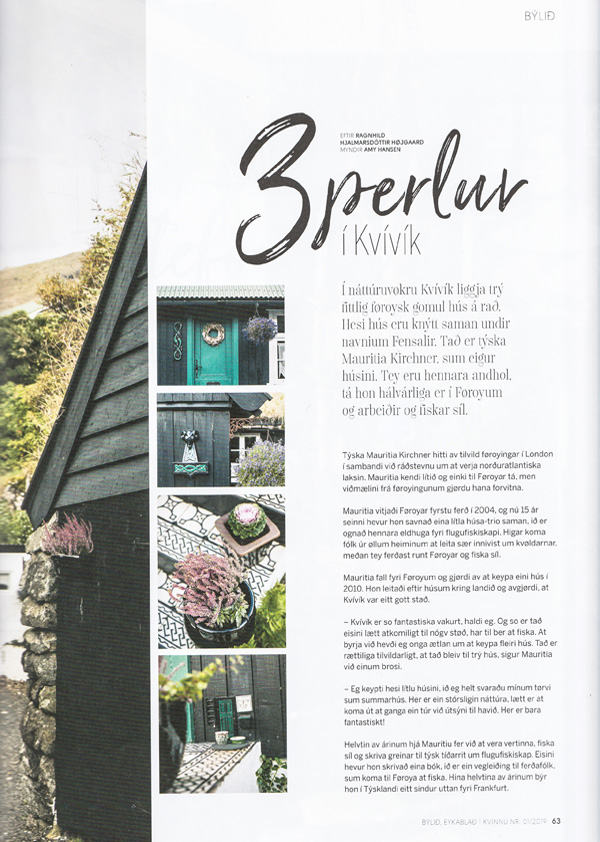
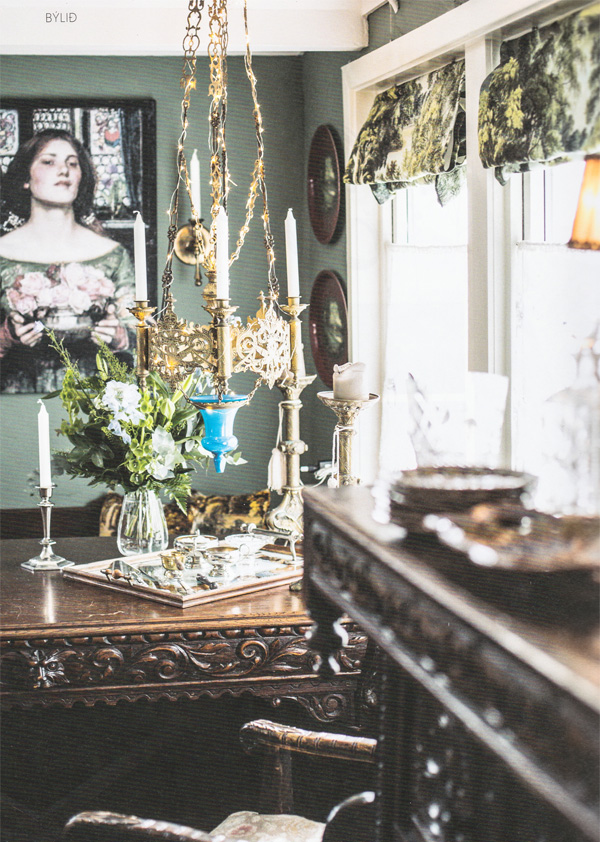
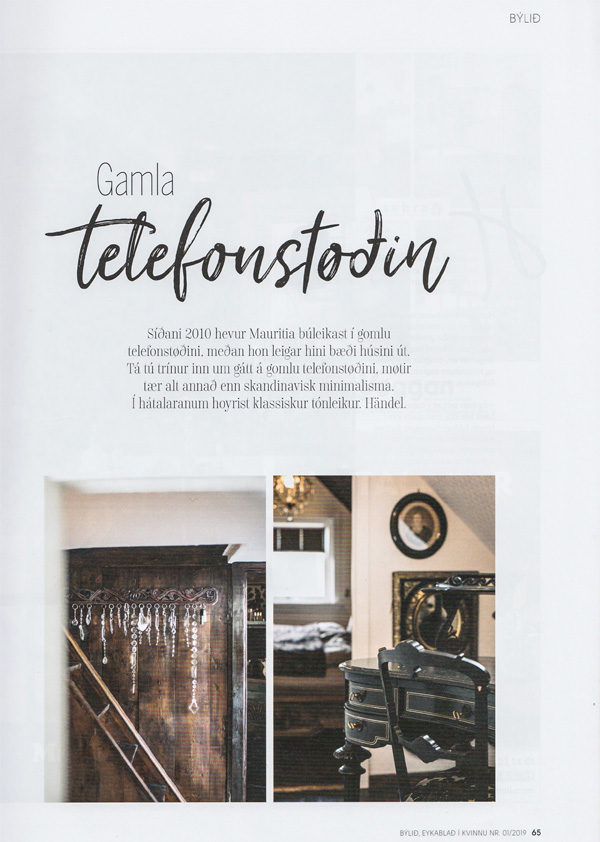
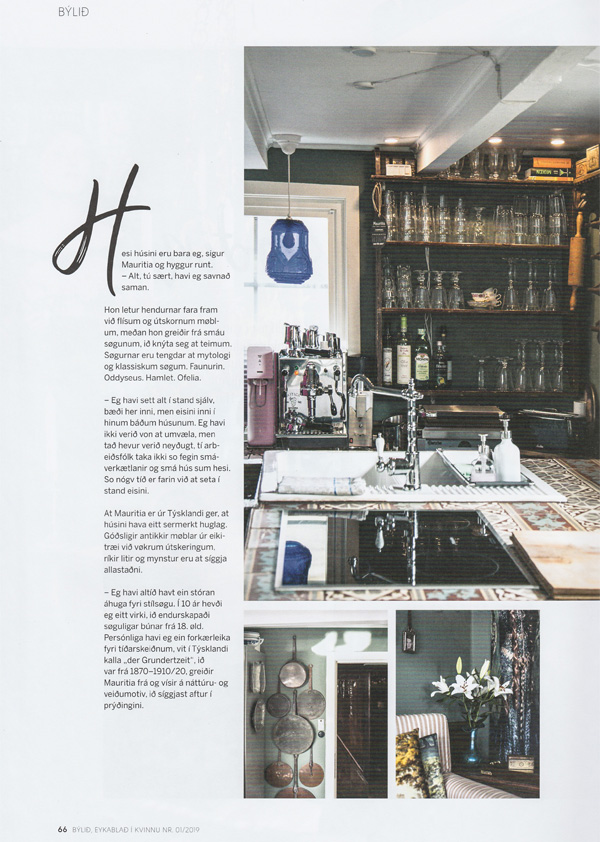
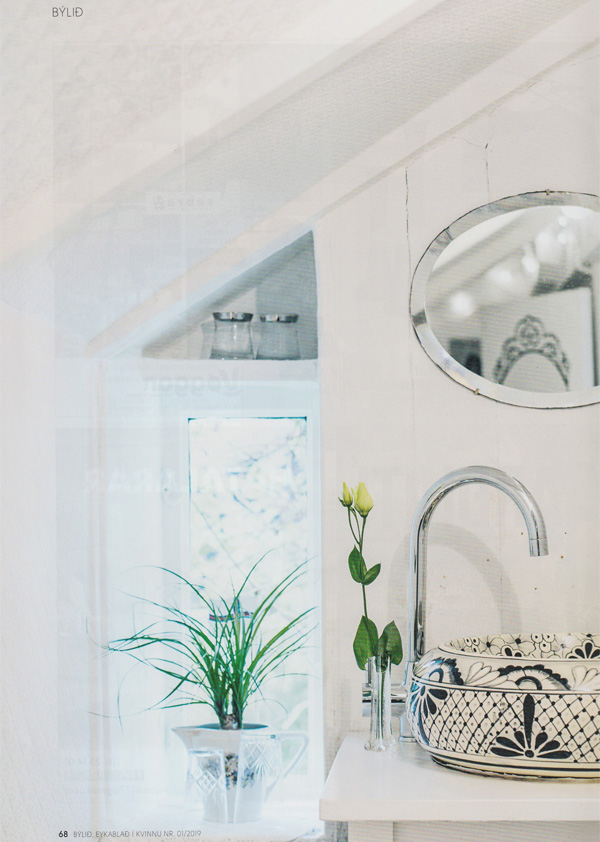
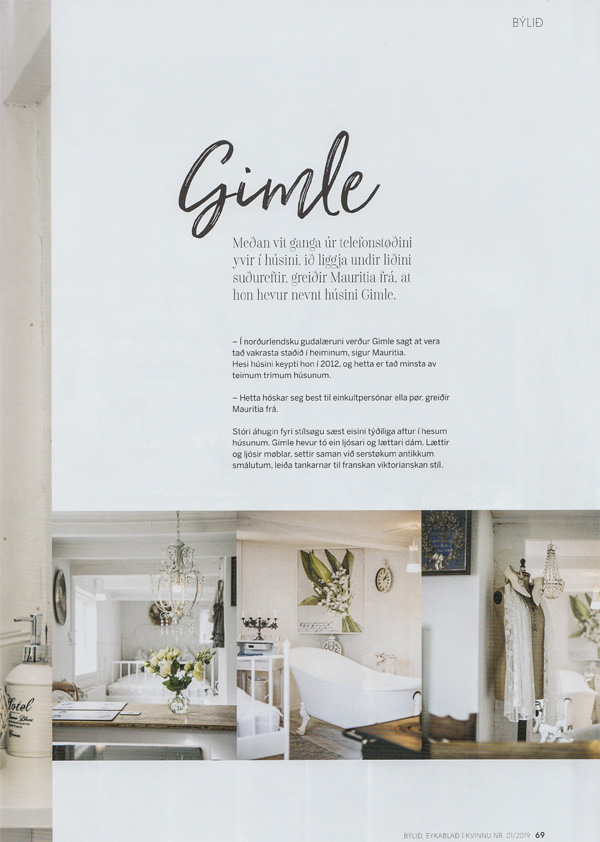
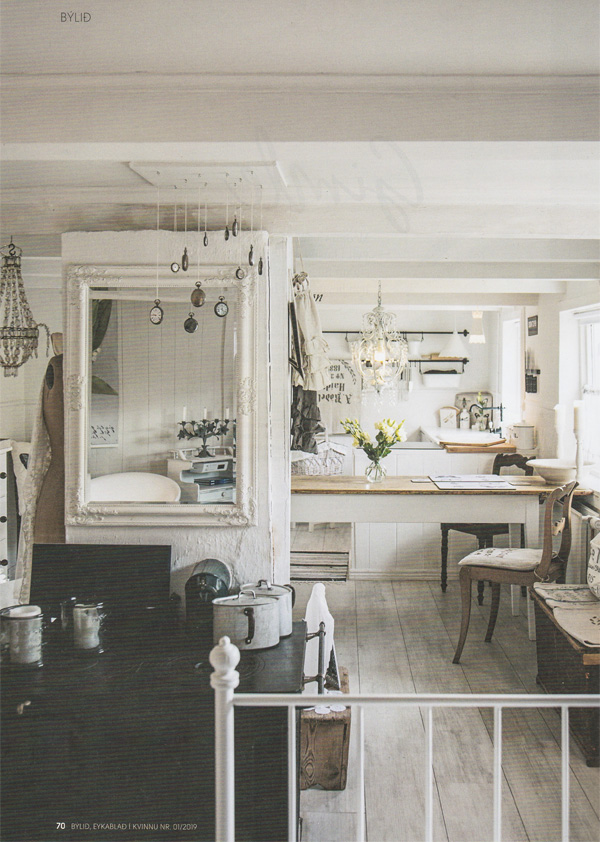
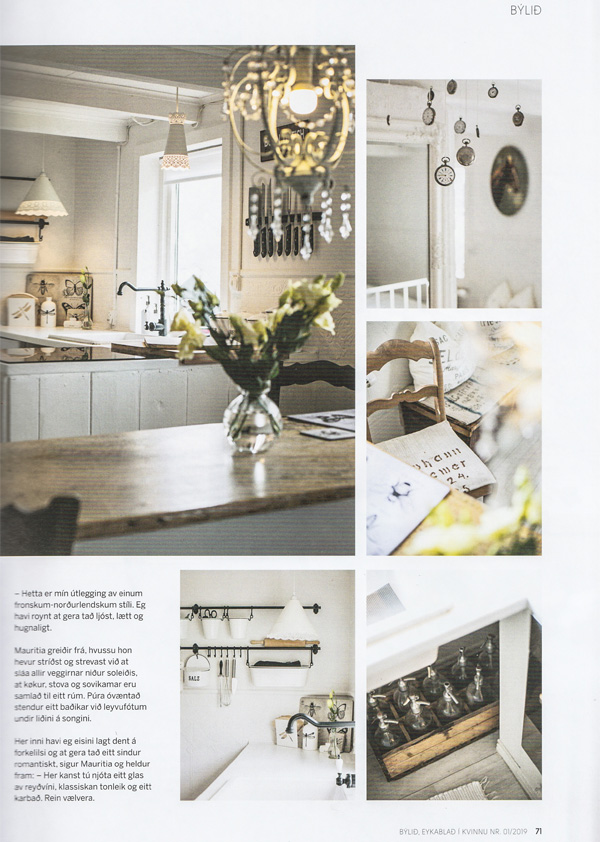
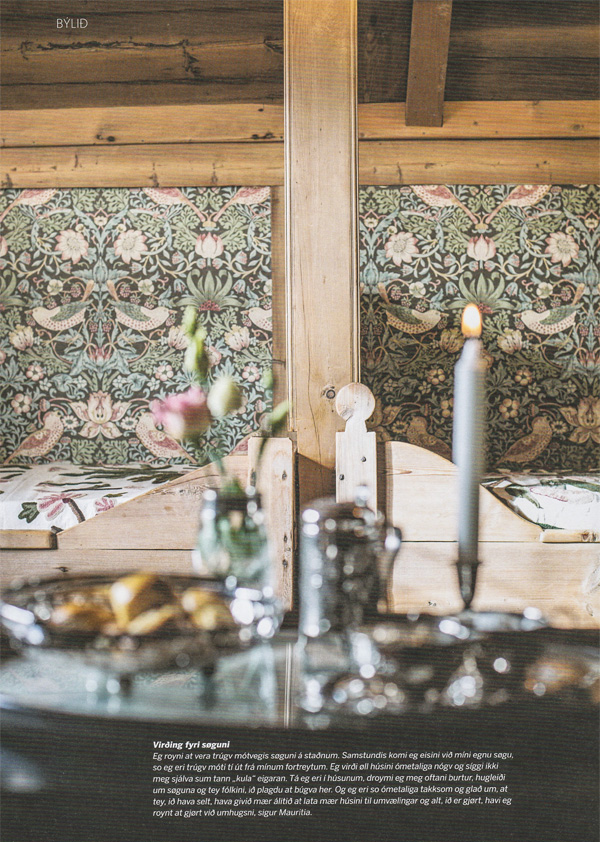
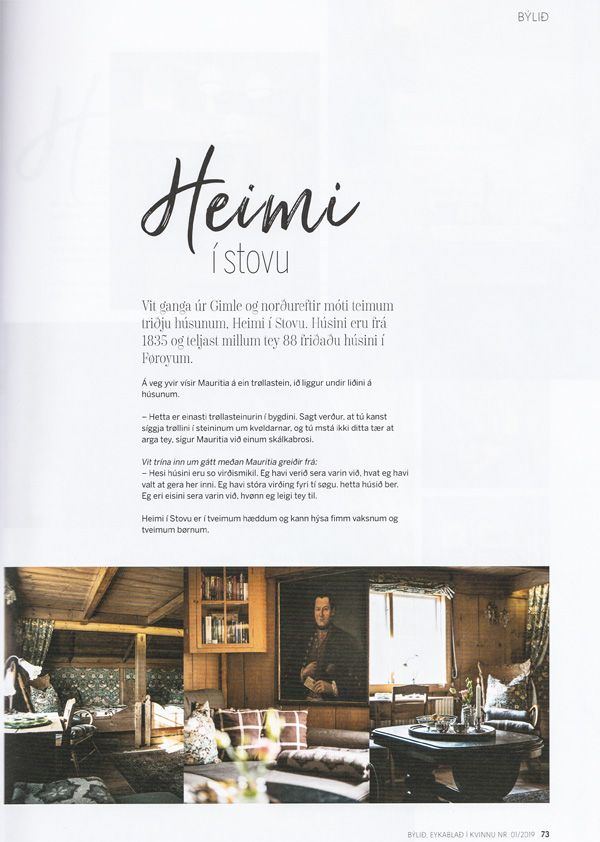
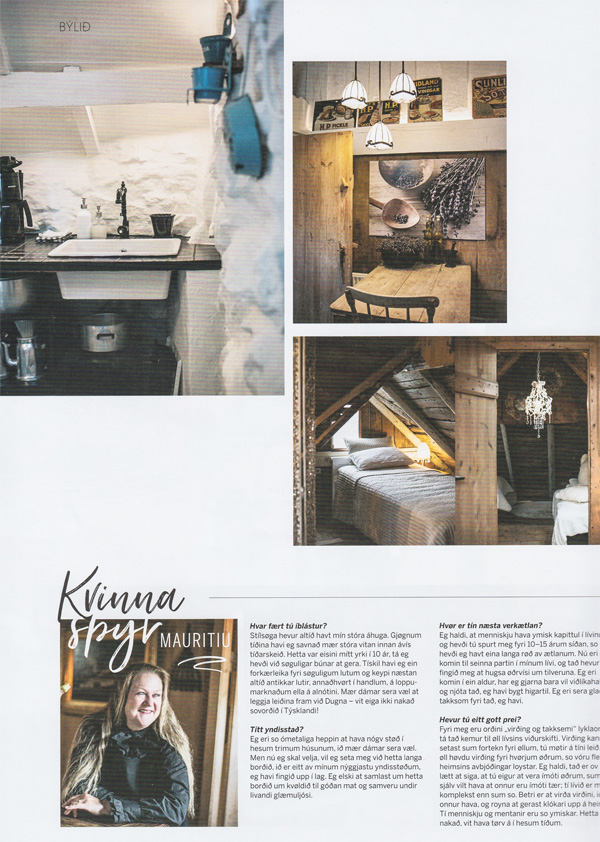
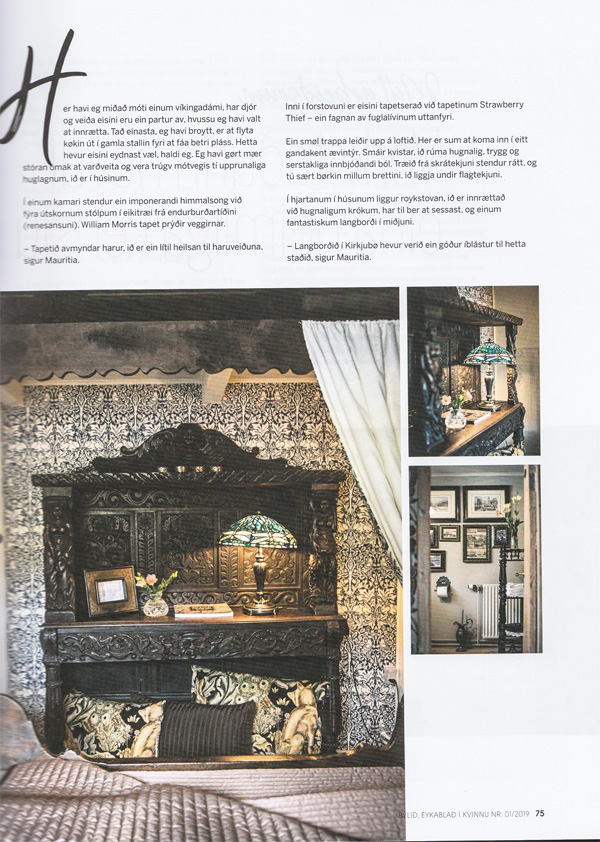
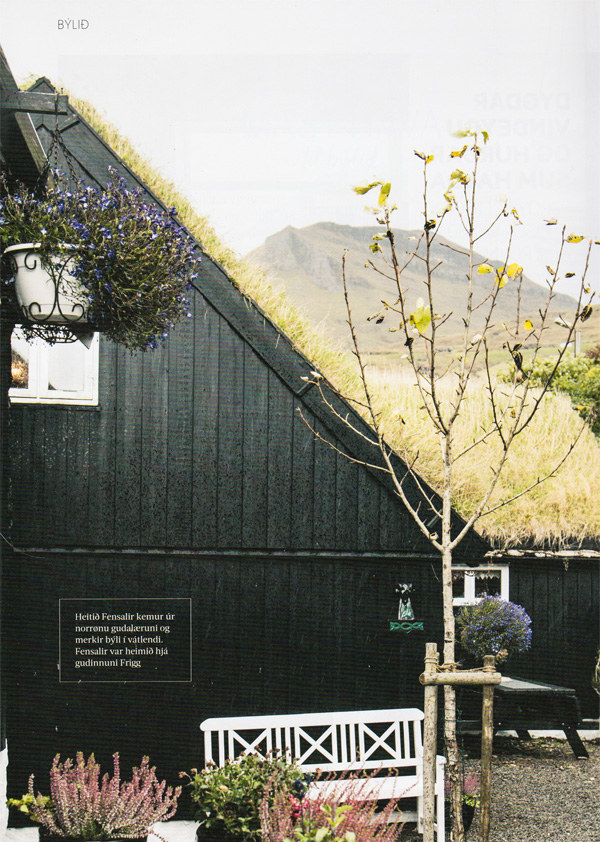
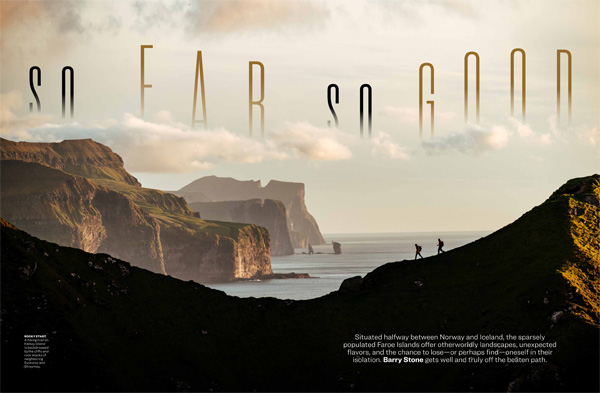
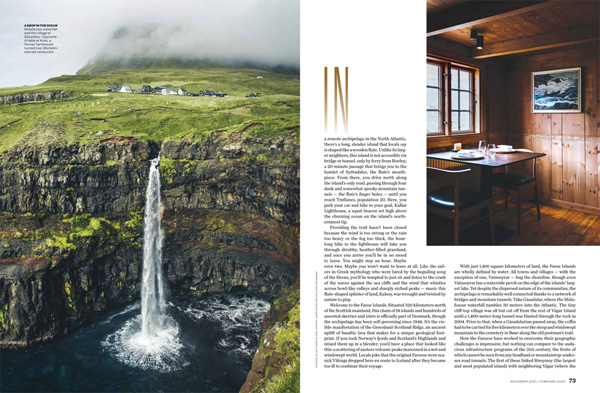
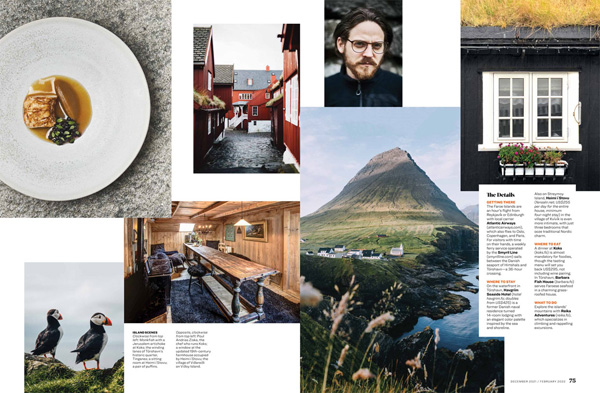
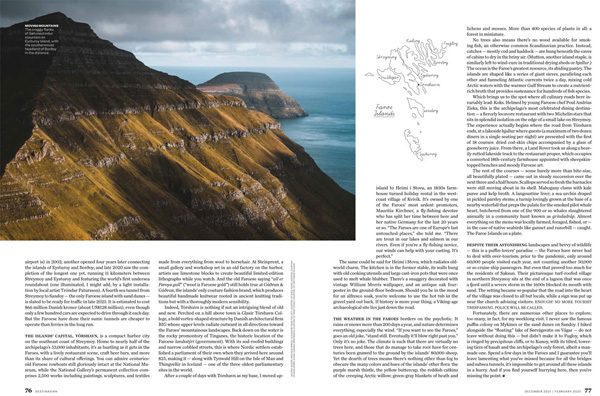
We have placed cookies on your computer to help make this website better. More details can be found on our privacy statement site.